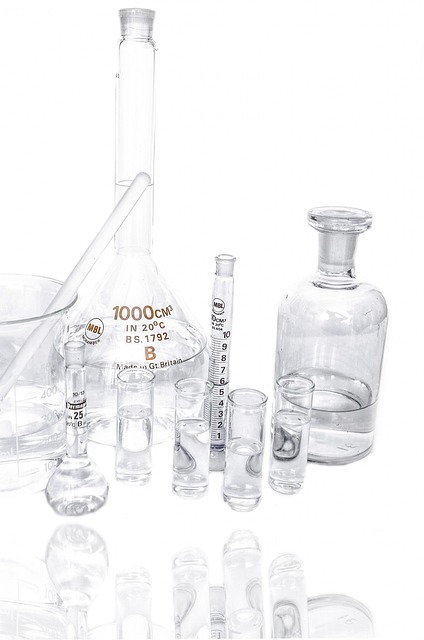Gamma-butyrolactone, commonly known as GBL, might not be a household name, but it plays a crucial role in various industrial processes. Recognized for its versatility, GBL is a chemical compound that’s both a precursor and a product in its own right. When it comes to its applications, the purity of GBL, especially the Industrial Class (5 wt. %), is a vital aspect that influences its effectiveness and safety in various uses. Here’s an exploration into what makes Industrial Class GBL significant and how it impacts its applications.
What is Gamma-Butyrolactone?
Gamma-Butyrolactone is a hygroscopic colorless liquid with a weak characteristic odor and is soluble in water. GBL is not only a key player in the chemical industry but also a stalwart in environments ranging from pharmaceuticals to the manufacture of polymers. At its core, GBL is known for its role as an intermediate in the production of other chemicals, most notably pyrrolidone and its derivatives.
Industrial Class Purity: The 5 wt. % Standard
The designation of ‘Industrial Class’ refers to GBL with a purity of 95%, commonly labeled as 5 wt. % impurities. This class of GBL is particularly tailored for robust applications where high-grade chemical purity might not be necessary, but reliability remains paramount. This level of purity is suitable for large-scale applications where the slight presence of impurities does not hinder the chemical’s fundamental properties required for effective use.
Applications of Industrial Class GBL
Industrial Class GBL is a workhorse in sectors such as agriculture, where it is used in the production of plant growth regulators. Another critical application is in the field of electronics, where GBL is utilized as a solvent in the cleaning of circuit boards. The reason for its wide usage in such diverse areas lies in its excellent solvency characteristics, which make it ideal for formulations where other solvents might be less effective or more hazardous.
Moreover, this grade of GBL finds its use in the production of polymers and as a solvent in paint strippers, ink, and rust removers. Its effectiveness in these roles comes from its ability to dissolve a wide range of molecules, making it invaluable in industrial cleaning and maintenance.
Safety and Regulatory Aspects While GBL is celebrated for its utility, it is not without its challenges. Due to its potential misuse, it is heavily regulated in many countries. Handling GBL requires understanding its properties thoroughly and respecting its potency. Industrial users must adhere to strict safety protocols to mitigate health risks, including using appropriate personal protective equipment and ensuring proper ventilation in work areas.
Future Outlook
The demand for GBL, particularly the Industrial Class, is expected to grow as industries seek more efficient and safer solvents. Innovations in production methods might lead to cleaner processes and potentially purer forms of GBL, widening its applicability. The ongoing research into environmentally friendly and sustainable solvent systems also poses a bright prospect for integrating GBL into such developments.
Gamma-Butyrolactone’s role in the modern industrial landscape is undeniable. With its balance of efficacy and relative safety, Industrial Class GBL serves as a pillar in the manufacturing and maintenance sectors. As industries evolve and new technologies emerge, the versatility and reliability of GBL will continue to make it a chemical of choice, underscoring its importance in both current and future industrial applications. As we move forward, understanding and harnessing the full potential of this chemical will be key to innovations across various sectors.


Leave a Reply